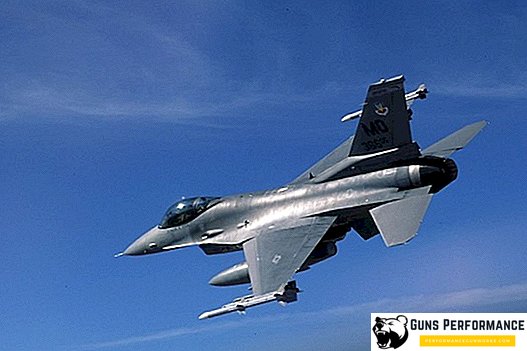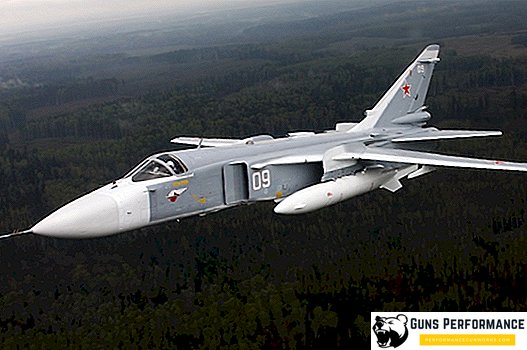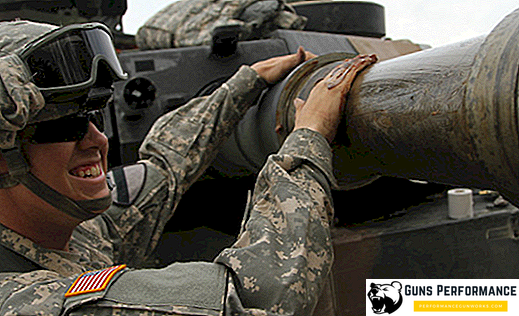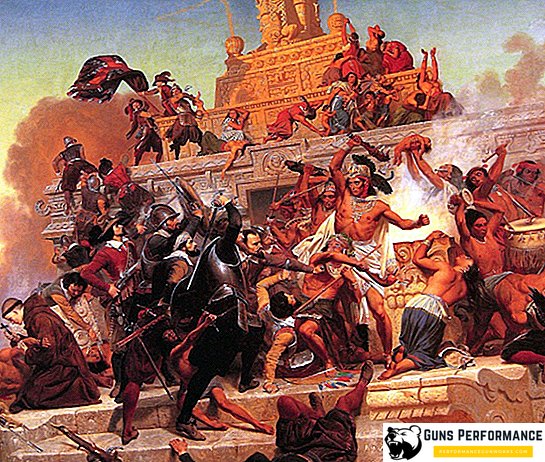The Presidential Regiment of the Moscow Kremlin Commandant's Service of the Federal Security Service of the Russian Federation is a military unit, the main function of which is to serve for the protection and defense of the facilities of the Kremlin, as well as important institutions located in it.
History reference
The October Revolution established a Bolshevik government in Russia. However, the situation in the country remained difficult and dangerous, which meant that the new government needed serious and disciplined guards. And such was soon found in the face of Latvian riflemen.
Latvian arrows called parts recruited from immigrants from Vitebsk, Livonia and Courland provinces (Latvians). The division formed from them in 1916, showed itself very well on the fronts of the First World War. Already by 1917 eight Latvian regiments were deployed, the total number of which reached about 40 thousand people. These units differed iron discipline, courage and skill in battle. In the days of the October Revolution, Latvian military units supported the Bolsheviks, thanks to which they were used to protect the Kremlin and the government. In addition, the Latvian riflemen performed tasks and participated in battles on many fronts of the Civil War on the side of the Reds.
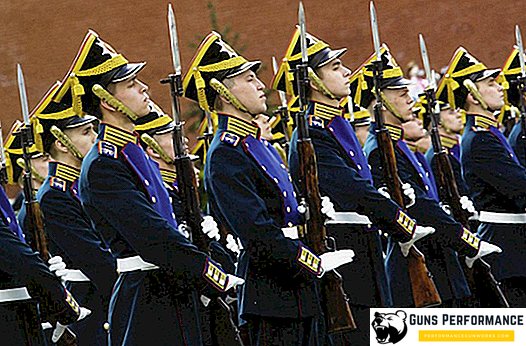
Already at the end of 1918, after the end of the First World War, the Latvian military units were decided to be sent to Latvia to establish Soviet power there and return the troops to their homeland. Instead of them, the 1st Moscow machine-gun courses of the Workers 'and Peasants' Red Army were involved in carrying out the commandant’s service in the Kremlin. Later, these courses were substantially reorganized and renamed the 1st Soviet Joint Military School of the Red Army. The cadets who studied in it were called "Kremlin". Thus, the training of future red commanders was combined with the guard service in the Kremlin. This situation lasted for 17 years: in 1935, the military school was transferred to the Lefortovo region, and the commandant’s military service in the Kremlin was entrusted to a special-purpose battalion.
The special purpose battalion submitted not to the People's Commissariat of Defense, as before, but to the People's Commissariat of Internal Affairs (NKVD). However, it soon became clear that it was very difficult for the battalion to cope with the protection of such a large object as the Moscow Kremlin, and it was deployed to the special-purpose regiment of the NKVD. According to the established tradition, the regiment was soon also called "Kremlin".
In addition to serving directly in the Kremlin, the regiment's soldiers participated in battles with Finland during the Winter War of 1939-1940. Then, about 160 servicemen of the special-purpose regiment of the NKVD took part in the hostilities. The servicemen of the regiment participated in the Great Patriotic War. They carried round-the-clock air defense service of the facilities of the Kremlin, and guard posts were dispersed along its perimeter. In 1942-1943, the group of snipers who participated in battles on the Western and Volkhov fronts were separated from the regiment deployed in wartime states.

After the transformation of the state security bodies that took place in 1943, the special-purpose regiment was subordinated directly to the General Directorate of State Security of the NKVD (GUGB NKVD). At the same time, the name of the unit was changed to the “special regiment of the NKGB”, and in 1946, after the abolition of the people's commissariats, respectively - the MGB.
In 1952, due to the performance of a regiment of special importance, it was reorganized into a separate special-purpose regiment. A year after the start of new reforms in the internal affairs and state security bodies, the Kremlin regiment was subordinated first to the Ministry of Internal Affairs, and then, in 1954, to the State Security Committee (KGB).
In 1965, in honor of the 20th anniversary of the Great Victory, a separate special regiment of the KGB of the USSR was awarded the Order of the Red Banner. The award marked the merits of the regimental personnel during the Great Patriotic War, as well as success in combat training. Eight years later, the regiment officially became "Kremlin". He was given a new name - "Separate Red Banner Kremlin Special Forces Regiment of the KGB under the Council of Ministers of the USSR". In 1986, in connection with its 50th anniversary, the regiment was awarded the Order of the October Revolution.
The collapse of the USSR marked a new milestone in the history of the Kremlin regiment. In March 1993, he received a new name - "Presidential Regiment of the Moscow Kremlin Commandant's Office of the Main Directorate for the Protection of the Russian Federation".
Presidential Regiment today
The commander of the Presidential Regiment submits personally and directly only to the President of Russia. The staff of the regiment is located in the building of the Kremlin arsenal. In the courtyard of the building is parade ground.

Soldiers from across the country are serving in the Presidential Regiment. But getting into the regiment is even more difficult than with such elite troops as the Airborne Forces or the Marines. At the same time, the matter is not only in differences in numbers between, say, the airborne troops and the Presidential regiment, but also in the exceptional requirements for draftees. For service in the Presidential regiment, you need to have a sufficiently large height (from 175 to 190 cm), an appropriate body weight, good health, no criminal record both from the draftee and his close relatives. The geographical factor also plays an important role: it is almost impossible for immigrants from Moscow to get into the Presidential Regiment. It is necessary to have 11 graduated classes of the school, lack of registration with all kinds of doctors, a recruit must necessarily be from a full family.
After six months of service in the Presidential Regiment, soldiers are offered to move to contract service. However, it should be noted that such an offer is given only to the best soldiers, those who serve conscientiously, with full awareness of their military duty. During service under the contract, there is an opportunity to get an education (including higher education), which opens up the possibility of becoming an officer.
An interesting feature of the Presidential Regiment is that it combines combat training and ceremonial very organically. As a result, the soldiers are not only able to print a stride beautifully and effectively, but also to perform various combat missions, and not only related to the protection and defense of the objects under their jurisdiction.
As of the beginning of 2018, the Presidential Regiment consists of a headquarters, three battalions, a cavalry honorary escort and a battalion of operational reserve.
The first and second battalions are composed of three companies (3rd, 4th, 5th and 7th, 8th, 9th respectively). The third battalion is designed for guard duty, including at post number 1, therefore it is equipped with the 1st and 11th companies with a special guard, as well as an automobile company.
The cavalry honorary escort is actually a battalion as part of the regiment and is staffed by a 10th company, two cavalry squadrons and a support company (after all, horses and the logistical part need constant alert maintenance).

The battalion of the operational reserve, as the name implies, plays the role of a reserve used in the event of a difficult situation at one of the sites, as well as reinforcement.
Conclusion
The Presidential Regiment of the Service of the Commandant of the Moscow Kremlin of the FSB of the Russian Federation is a truly unique part, the task of which is to protect and protect the highest officials of the country, as well as to protect the most important state institutions. At the same time, the objects, contrary to popular belief, are located not only in the Kremlin, but also in Moscow and even in the Moscow Region. It is also worth considering that the regiment's soldiers take part in various ceremonies, thanks to which they can accompany the first persons of the state in various places around the globe. That is why it is not very logical to apply such a phrase as “serving in the Kremlin” to the Presidential Regiment. Nevertheless, the nature of the service in the regiment is such that anyone hitting the service there will receive many bright impressions.


